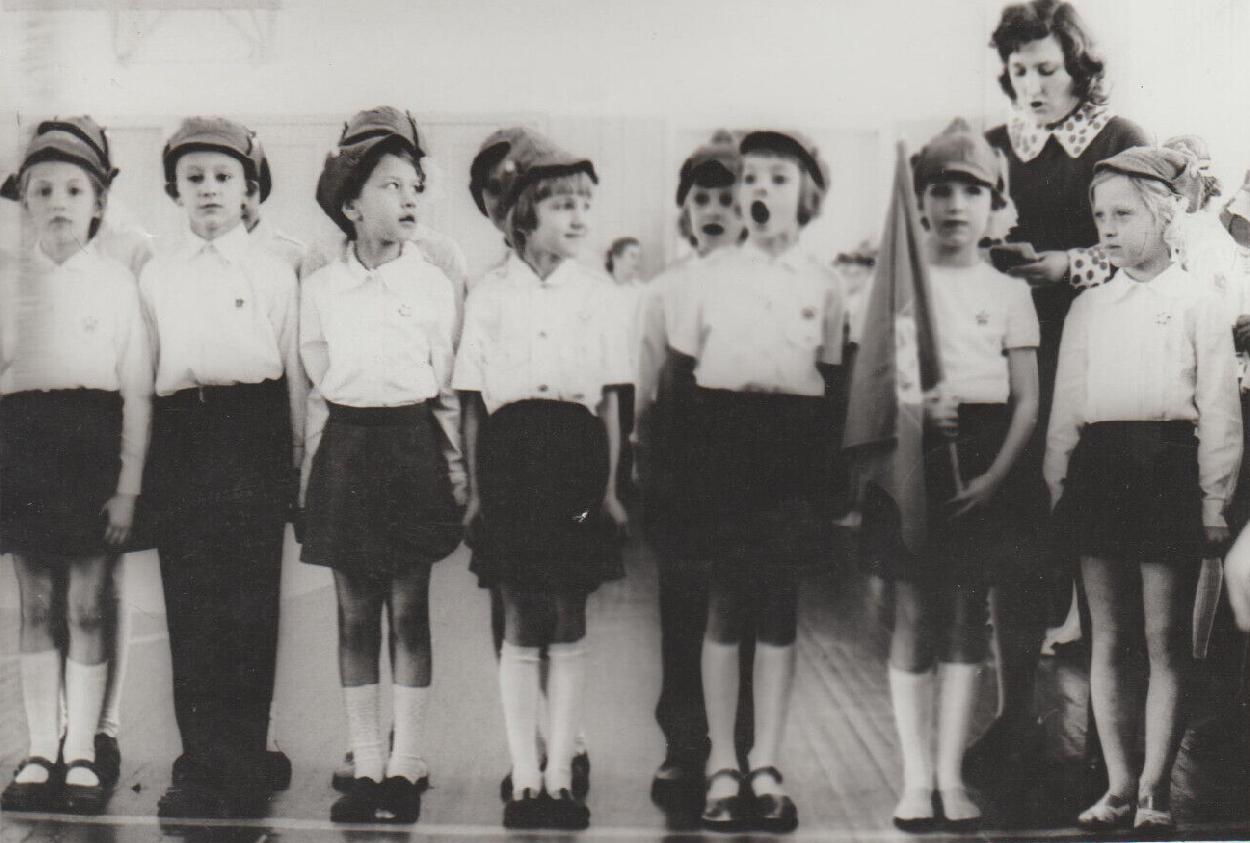
Figure 1.--Here we see a primary class choir group, we think in the 1970s. The caps were meant to give a Red Army appearance and the song no doubt was a tribute to the Red Army. |

|
We do not know much about the teaching of music in Russia. We do see a good bit of singing in the primary years. e have found quite a few imahes showing the childen singing, often with heavy political content. We are not sure about instruction in musical instruments. We do note that children with special promise were given special instruction or even sent to special schools to develop their talents. There are today some 5,000 music schools in Russia. We are not sure if this is an increase or decline from the Soviet era. The standard program in a music school is reguklar classes during the morning and then practice asnd musuc lessons in the afternoon. There are lessons on how to play a musical instrument in addition to instruction on musical intervals and notation (solfeggio) and music history. Children reportedly attend lessons 4-5 times a week. Children have to pass an entrance exams that determines their musical aptitude. The number of applicants caries regionally. Russian music education begins very early, at about 6-8 years of age. This is an earlier age than at art schools. Often parentl chioice is involved more thn what the children want, alhough this vries from family to family. One report suggests that many children were not happyv with the choice. and is more often than not the parent's choice rather than that of the child. For this reason, it is not uncommon for many Russians whoattended these music schools have unpleasant mories. There was also private instruction, although we are unsure how this was handled because Soviet law discoraged privatre economic activity.
Related Chronolgy Pages in the Boys' Historical Web Site
[Main Chronology Page]
[The 1900s]
[The 1910s]
[The 1920s]
[The 1930s]
[The 1940s]
[The 1950s]
[The 1960s]
[The 1970s]
Navigate the Relate Boys Historical Clothing Style Pages
[Return to the Main country page]
[Return to the Main Russian page]
[Long pants suits]
[Short pants suits]
[Lederhosen]
[Kneesocks]
[Long stockings]
[Eton suits]
[Jacket and trousers]
[Blazer
[School sandals]
Navigate the Boys' Historical Clothing School Pages
[Return to the Main Russian school fine arts activities page]
[Return to the Main Russian school activities page]
[Return to the Main Russian school page]
[Return to the Main National School Page]
[Australia]
[England]
[France]
[Germany]
[Ireland]
[Italy]
[Japan]
[New Zealand]
[The Philippines]
[Poland]
[Scotland]
[South Africa]
[United States]
Navigate the Boys' Historical Clothing Web Page
[Introduction]
[Activities]
[Biographies]
[Chronology]
[Clothing styles]
[Countries]
[Girls]
[Bibliographies]
[Contributions]
[FAQs]
[Glossaries]
[Images]
[Links]
[Registration]
[Tools]
[Boys' Clothing Home]
